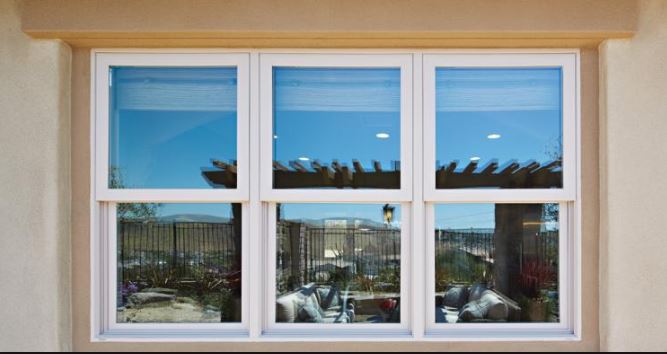Signs It’s Time to Replace Your Drywall
Drywall is a fundamental part of your home because it forms the foundation for walls and ceilings. While it’s designed to be durable, there are times when repair is no longer enough and replacement becomes necessary. Factors like water damage, mold, and general wear can compromise the integrity of drywall over time. But how can you tell when it’s time to replace it? Let’s explore the key warning signs and why addressing these issues promptly is essential for your home’s safety and value.
1. Water Damage
One of the most obvious indicators that drywall needs to be replaced is water damage. This can happen for many reasons, including roof leaks, flooding, or plumbing failures. Stains, warping, or sagging are telltale signs of water intrusion. Not only is water damage unsightly, but water-damaged drywall often loses its strength and may even create conditions that encourage mold growth. In areas with variable weather patterns, like harsh winters or humid summers, moisture issues can quickly escalate. If your drywall is discolored, swollen, or soft to the touch, it’s likely beyond repair and should be replaced.
2. Mold That Keeps Re-Growing
When drywall becomes damp, it can create the perfect environment for mold to thrive. Mold can appear as dark spots or patches in shades of green or black. it is often accompanied by an unpleasant, musty smell. In some cases, mold might not even be visible if it’s growing inside the wall. While small areas of mold can sometimes be cleaned, drywall that’s heavily affected needs to be removed entirely. Mold spores can spread throughout the home, leading to respiratory issues, allergies, and other health problems. Replacement ensures the mold problem is fully eliminated. For more information on how to handle mold in your home, check out the EPA’s guide on mold and moisture.
3. Extensive Holes or Cracks
Everyday accidents and normal wear can lead to holes or cracks in drywall. While minor damage is often easy to patch, larger problems may indicate the need for replacement. For example, drywall with significant punctures or fractures may no longer provide adequate support for your walls, which presents a safety issue. Cracks are particularly concerning if they keep reappearing, as they could signal underlying structural problems or improper installation. If you’ve made repeated attempts to repair cracks without success, replacing the affected drywall might be the only permanent solution.
4. Sagging or Bulging Walls
Sagging or bulging drywall is another red flag that should not be ignored. These issues often stem from hidden problems such as water buildup, pest damage, or improper installation methods. If parts of your walls appear uneven, loose, or warped, replacement is often necessary. Ignoring sagging drywall can lead to more extensive damage over time, in addition to potential safety hazards.
5. Old or Deteriorating Drywall
Even if your drywall has no visible issues, age can eventually take its toll. Over the years, drywall can become brittle, discolored, or start to crumble. This deterioration is often due to natural wear, exposure to humidity, or fluctuations in temperature. Replacing aging drywall doesn’t just restore the look of your walls, but also keeps them structurally sound. It’s especially important if you’re renovating or updating your home, as fresh drywall provides a solid base for new finishes.
6. Signs of Pest Infestations
Termites, ants, and other pests can wreak havoc on drywall. If you notice small holes, trails of sawdust, or soft spots in your walls, these could be signs of an infestation. Pests can eat through drywall or weaken it significantly, leaving it unable to fulfill its role. After treating your home for pests, replacing any affected drywall is crucial. This ensures your walls are free of damage and prevents further pest-related issues in the future.
Why It’s Important to Act Quickly
When drywall problems arise, delaying repairs or replacement can lead to bigger and more costly issues. Damaged or compromised drywall may:
- Create health risks by harboring mold or allergens
- Reduce your home’s visual appeal and market value
- Worsen over time, requiring more extensive repairs later
By addressing these signs promptly, you can prevent further damage and keep your home safe and comfortable.
Only Trust the Professionals for Drywall Replacement
If you’ve noticed any of these signs in your home, don’t wait to take action. Replacing drywall might seem like a daunting project, but it’s essential for maintaining a safe, attractive living space. Working with professionals can make all the difference because it’s the only way to ensure that the job is done efficiently and to the highest standards.
When it’s time to replace your drywall in Detroit, MI, look no further than Combs Drywall. We’re experienced, licensed, and dedicated to delivering exceptional results. From assessing damage to expertly installing new drywall, we take the stress out of the process. Replacing drywall is a smart investment in your home’s safety, health, and aesthetics. Reach out today to schedule a consultation and learn how we can help restore your walls to their best condition.




